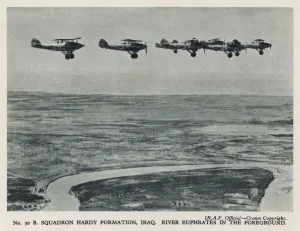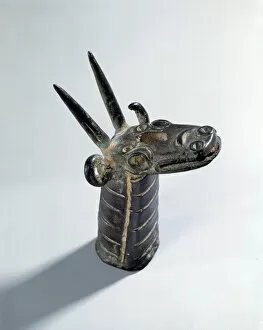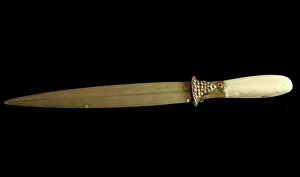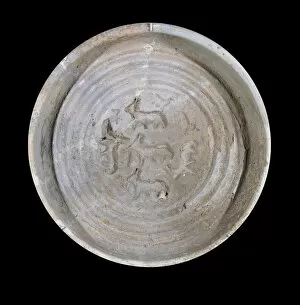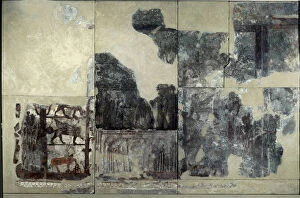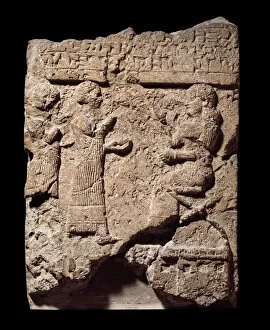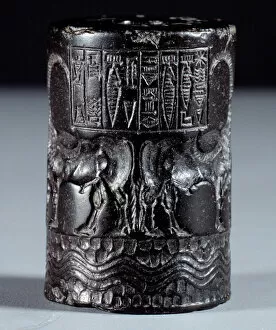Iraqi Collection (page 7)
Discover the captivating beauty and rich history of Iraq, a land steeped in ancient wonders and cultural treasures
All Professionally Made to Order for Quick Shipping
Discover the captivating beauty and rich history of Iraq, a land steeped in ancient wonders and cultural treasures. Marvel at the grandeur of the Ishtar Gate, an iconic symbol of Babylonian architecture that once guarded the entrance to this legendary city. Immerse yourself in the solemnity of Karbala as you visit the Tomb of Husayn Ibn Ali, a revered site for Shia Muslims worldwide. Admire the intricate Babylonian wall tiles that tell tales of a bygone era, showcasing remarkable craftsmanship and artistic prowess. Step back in time at a Persian pharmacy, where 13th-century artwork adorns its walls, offering glimpses into traditional healing practices. Behold The Arch of Ctesiphon towering majestically over Iraq's landscape—a testament to its glorious past as one of Persia's greatest cities. Feel your spirit soar as you witness the mighty Tigris River flowing through this historic land, providing life-giving sustenance to generations. Be awestruck by the Lion statues guarding ancient Babylon—an imposing reminder of power and strength from civilizations long gone. Ascend to new heights at the ziggurat in Ur—a monumental structure dedicated to worshiping deities and connecting with divine forces. Uncover stories from World War II as you delve into Iraqi history—see a Kurdish Company proudly serving under Iraq Levies' banner during turbulent times. Experience art come alive through mesmerizing Babylonian masterpieces like King Faisal I's Standard of Ur—an exquisite display reflecting opulence and regal splendor. Iraq beckons with its enchanting blend of heritage and resilience—a nation brimming with tales waiting to be discovered amidst its timeless landscapes.

